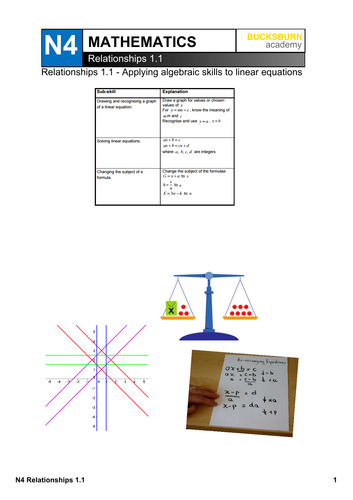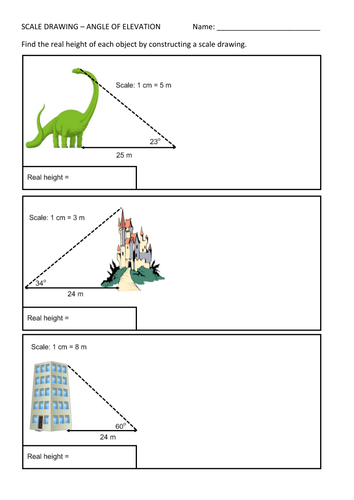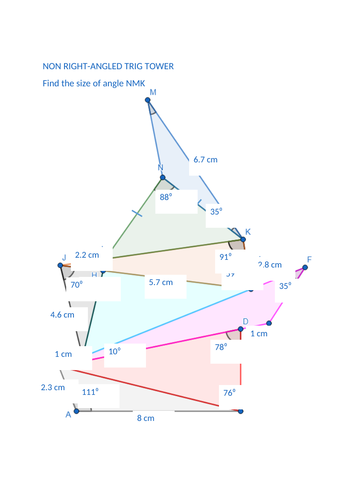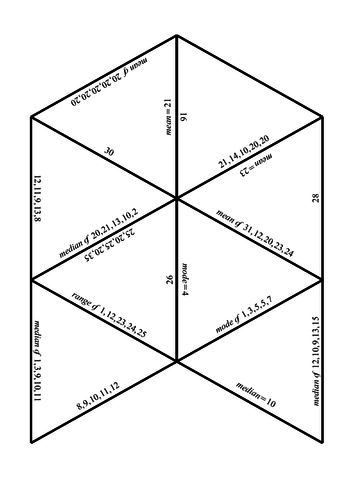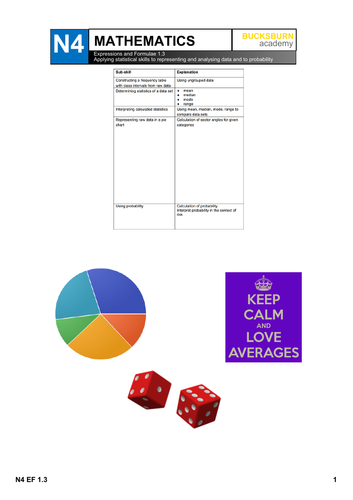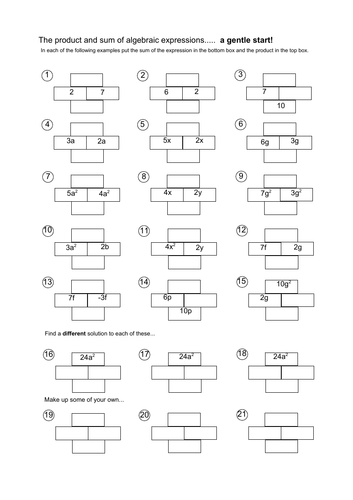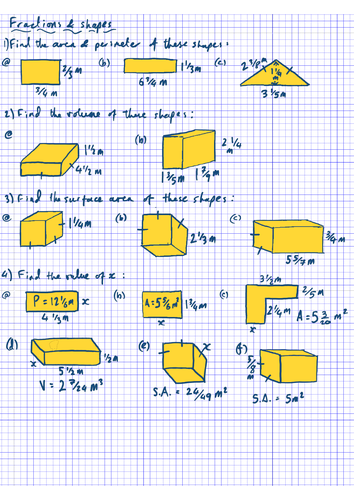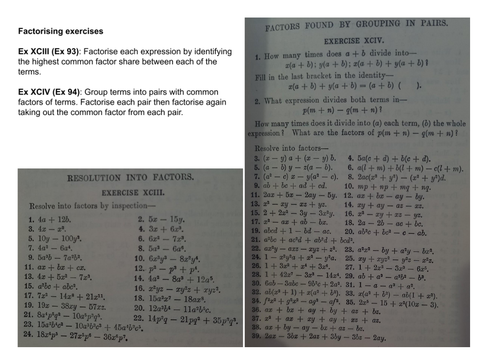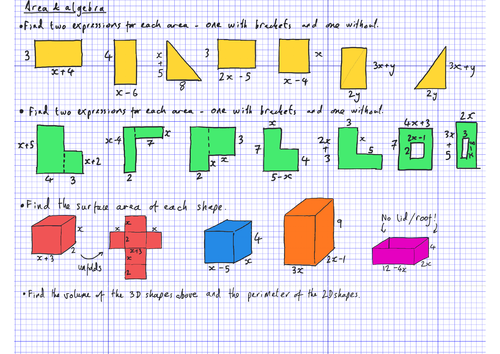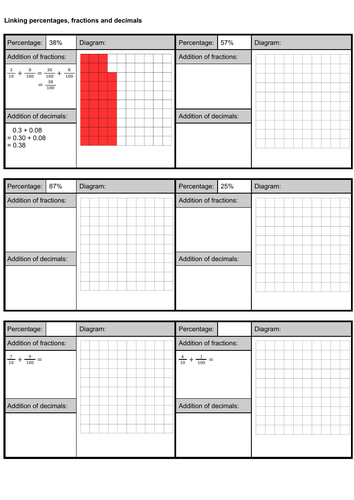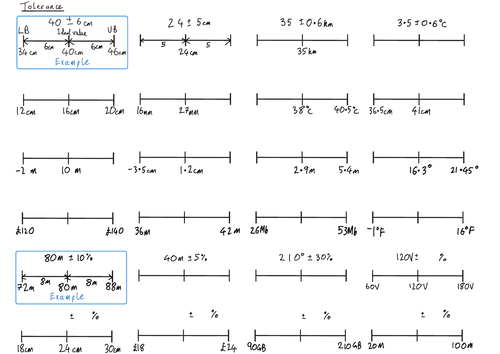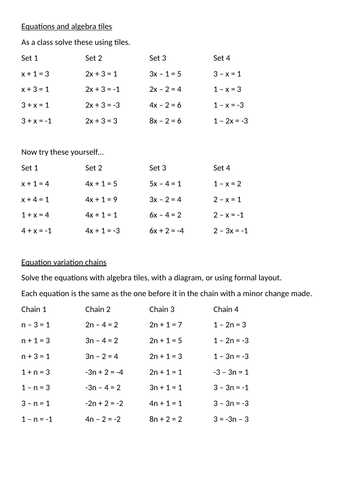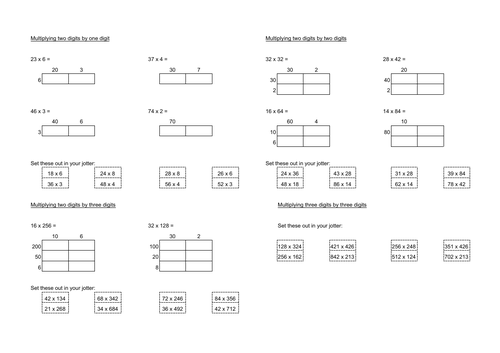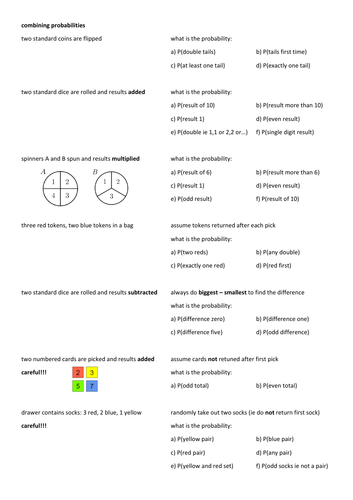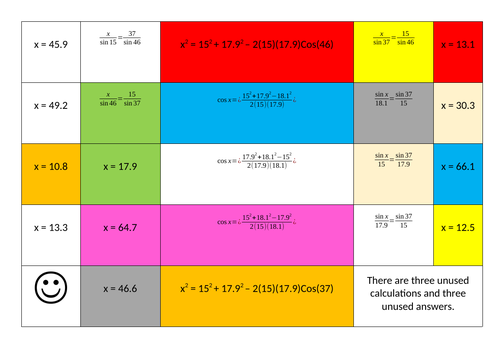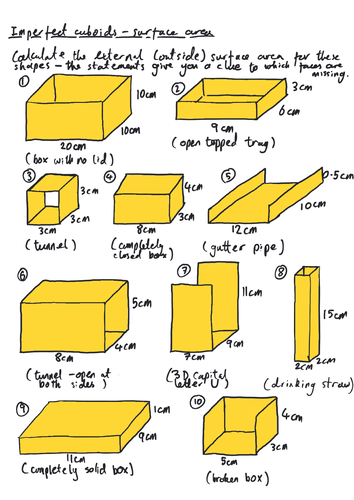
53Uploads
31k+Views
24k+Downloads
All resources

National 4 (N4) Mathematics: Relationships 1.1, 1.2, 1.3, 1.4 pupil notes
Smartboard files for use on an interactive whiteboard. PDF versions of the same file for printing as booklets and issuing to pupils. Notes contain examples for teachers to go over on the board and some tasks for pupils to do. Questions and examples have been sourced from various resources so make sure you're not issuing the same task twice! At the end of these there are also revision questions and a checklist for pupils to "traffic light" their learning.
DISCLAIMER: There are most likely errors in here as I'm bad at proof reading my materials so read and check over before using!

Angle of elevation / scale drawing worksheet
Six questions asking pupils to find the real heights of objects by using the given angle of elevation and a given scale to construct scale diagrams.
The first three questions use simple scales of 1: a single digit. The second three use scales which are multiples of 10.
Instructions could be edited to instruct pupils to use right angled Trigonometry instead.

Multiplying and dividing fractions using grids
Rather than teaching pupils the shortcut/algorithms for fraction multiplication and division these worksheets aim to get pupils to understand what is actually happening when you perform the operations.

Sine and Cosine rule trigonometry pile up
Work from the bottom to get an answer at the top!
No “ambiguoius” cases (where you need to use sin(x)=sin(180-x)).
Solutions will be uploaded eventually!

Space Invaders and Tetris scale enlargement
Excel spreadsheet featuring pictures of Space Invaders and Tetris blocks. These can be printed or displayed on the board for pupils to enlarge.
The Space Invaders are trickier given their "fiddly" nature or their arms and legs and the Tetris blocks are more straight forward.
The Tetris block sheet has a challenge to use a scale factor of 1/2.

Averages and range jigsaw
Puzzle calculating mean, median, mode and range.
Some questions tell pupil what average to find (eg “mean of 20, 20, 10, 14, 16” matches up with the card “16”) where as some just give the list and pupils have to find all averages and range before matching up (eg “12,11,9,13,8” matches up with “median = 11”).
No repeated answers so there should only be one unique solution.
PDF of file included for those without the Tarsia software, original Tasia file included for those that want to edit the file.

National 4 (N4) Mathematics: Expressions and Formulae 1.1, 1.2, 1.3 pupil notes
Smartboard files for use on an interactive whiteboard. PDF versions of the same file for printing as booklets and issuing to pupils. Notes contain examples for teachers to go over on the board and some tasks for pupils to do. Questions and examples have been sourced from various resources so make sure you’re not issuing the same task twice! At the end of these there are also revision questions and a checklist for pupils to “traffic light” their learning.
DISCLAIMER: There are most likely errors in here as I’m bad at proof reading my materials so read and check over before using!

National 5 (N5) Mathematics Circle Geometry
Smartboard files for use on an interactive whiteboard. PDF versions of the same file for printing as booklets and issuing to pupils. Notes contain examples for teachers to go over on the board and some tasks for pupils to do. There are past exam questions at the end of the booklet. Questions and examples have been sourced from various resources so make sure you're not issuing the same task twice! Page numbers on the cover refer to the R3 Scottish Secondary Mathematics textbook.
I made some "fliupped learning" videos for these notes. They can be found here: https://www.youtube.com/playlist?list=PLcTPEkVfYHu_Q5jwEihq7XLIhPzaBRP47
DISCLAIMER: There are most likely errors in here as I'm bad at proof reading my materials so read and check over before using!

Solving Trigonometric Equations With Graphs
First handful of questions have pupils solving trigonometric equations by sketching graphs to identify which quadrants solutions lie in and using the symmetry of said graphs to find the value of these solutions. The second half of the task changes the problems to have pupils working back from a graph or solution to create the equations for themselves.
EDIT: There are a couple of errors on the last page of the answer file.

Product sum bricks
Pre-requisit for quadratic factorising - considering the sum and product of two terms. This task looks at integers and algebraic terms (with some extension into factorising). It’s in three levels - it’s designed for pupils to pick their own level rather than working through all the sections.

Mixed number and perimeter, area, and volume
Working with mixed number in the context if 2d and 3d shape. Some problems involve finding missing dimensions.
Hand drawn worksheet but some decent questions in it so who cares about looks?

Area and algebra
Expanding a single bracket, linked to area of rectangles, compound shapes, and cuboid surface area.
A bit rough and ready being hand drawn on the ipad but some good questions in it nevertheless.

Fractions, decimals, percentages, diagrams
Trying to link fractions, decimals, percentages as well as making connections / laying foundations for ideas such as calculating percentages of amounts using blocks of 10% and 1%, division by 10 and 100, adding fractions, place value.

Tolerance: interpreting as a number line
Interpreting tolerance as a numberline and reversing the process (ie writing tolerance from upper and lower bounds)

Solving linear equations - questions for use with algebra tiles
Some linear equations to solve when using algebra tiles.
The challenge when using tiles is the numbers getting too big and running out of tiles.
These questions keep the numbers deliberately small to minimise the amount of tiles each pupil requires.
Most of these are solvable with a maximum of 8 “x” tiles and 10 “1” tiles.
The solutions should all be integers.
I didn’t issue the sheet but used it as teacher notes and displayed the “your turn” on the white board when pupils were working independently.
I used the excellent MathsBot website to demonstrate on the white board: https://mathsbot.com/manipulatives/tiles

Multiplication with grids worksheet
Grid multiplication of:
2-by-1 digits
2-by-2 digits
2-by-3 digits
3-by-3 digits
Each section offers support in the form of predrawn grids. Level of support lessens with each grid. Pairs of questions have the same answer as a way for pupils to self check their work. These answers also offer the opportunity for discussing the effect of “double one, half the other”.

Probability - combining probabilities
A selection of problems look at combining probabilities by listing outcomes in a table or with tree diagrams. First questions are independent events, final two need more care (ie event 1 impacts event 2).
Editable word doc and pdf.

Non right angled trigonometry matching task
Eight triangles to match up with the appropriate trig rule and answer. Triangles repeatedly use the same numbers to keep students on their toes. There are three extra sets of workings which pupils can create their own triangles for.
Worksheet and answers as pdf and editable word.

Cuboid surface area - incomplete and compound shapes
Some quick, hand drawn questions finding the surface area of “imperfect” cuboids (with holes in them or missing faces) and compound shapes. Numbers have been kept deliberately small to avoid pupils getting bogged down in number work, allowing them to focus on the actual shapes.

